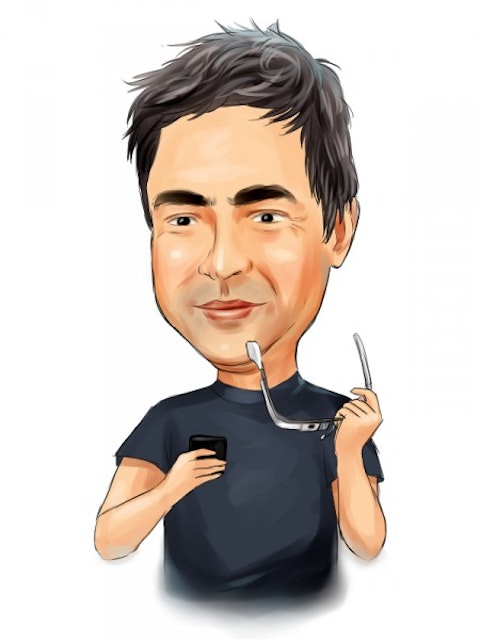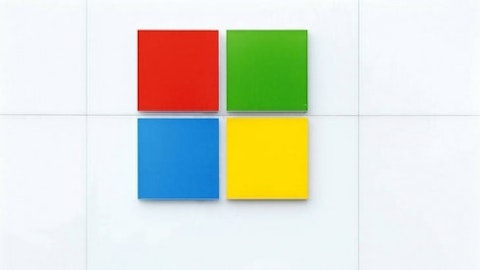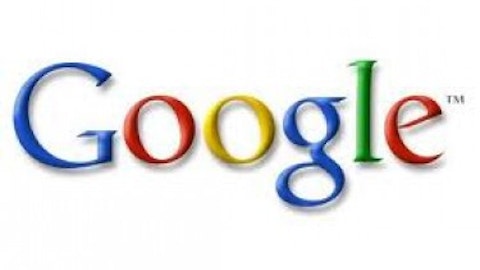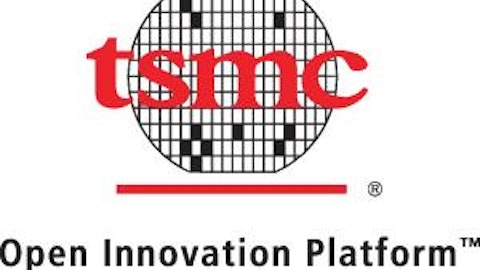So, who is Intel Corporation (NASDAQ:INTC) trying to fool, stating that the future of its growth is in wearable computing. Somehow, it seems like Intel Corporation (NASDAQ:INTC) has forgotten that it has no real competitive advantage in microprocessors on the mobile level unless the operating system is Windows-based.
Reuters reports:
There’s wrist, ear and eye,” Krzanich said, predicting activity in smart watches, earbuds and glasses–some of them acting independently and some of them operating in a tethered model by communication to other nearby devices, like smartphones. Intel plans to make use of its advanced manufacturing processes to create smaller, more power-efficient chips than the competition to try to gain a foothold in wearable devices before competitors–not play catchup as it has in smartphones and tablets. Krzanich made it sound like the company is pretty far along in attracting customers, though he didn’t name any. “I think you’ll start to see stuff with our silicon toward the end of the year, and then into next year,” Krzanich said.
Going forward, investors should be a little careful when thinking of Intel’s forward looking growth. While wearable computing is in its early stages of growth and there’s a lot of opportunity, investors shouldn’t be so inclined to pull the trigger on Intel stock.
Future of Google Inc (NASDAQ:GOOG) Glass

Source: Statista
By 2018, it is estimated that Google Inc (NASDAQ:GOOG) Glass will only grow to 21.1 million unit sales per year. 2014-2016 BI Intelligence is expecting relatively weak growth as the device will have difficulty becoming a main stream device. Issues with price, prescription lenses, and usability are the issues that are going to keep the device from reaching main stream success. I also wonder how the device is actually going to be tethered to a smartphone outside of the Android ecosystem.
If Google Inc (NASDAQ:GOOG) really wants to become successful with hardware, than it needs to be compatible with both the iOS and Windows 8 operating system, which isn’t probably going to happen. Tim Cook pointed out in an interview that for a wearable device to be successful, it would need to convince people who don’t wear things like glasses and watches into wearing those types of accessories.
Most people are pretty basic, and wouldn’t want to put up with the added hassle. Plus, the Google Glass doesn’t exactly look like the coolest thing on earth. Perhaps, the company should offer different skins because I’d personally prefer wearing a Ray-Ban themed Google Glass, rather than the standard design.
Intel over-hyped Google Glass
Currently, Google Glass is listed as running a dual-core OMAP 4430 system on a chip. These are processors from Texas Instruments Incorporated (NASDAQ:TXN). Now, I am not sure about you, but a dual core 1 GHz processor actually isn’t that impressive. I am assuming that the only reason why Google Inc (NASDAQ:GOOG) went with Texas Instruments Incorporated (NASDAQ:TXN) is because Texas Instruments would be willing to produce in such low quantity.
Given enough time, I believe that QUALCOMM, Inc. (NASDAQ:QCOM) will outpace both Texas Instruments and Intel in wearable computing due to its ridiculous economies of scale. Let’s not forget that Qualcomm’s next generation Snapdragon 800 blew NVIDIA Corporation (NASDAQ:NVDA) and Intel out of the water in terms of graphical performance. Also, QUALCOMM, Inc. (NASDAQ:QCOM) is really cheap, as it has an average selling price of $20.
The reason Google Inc (NASDAQ:GOOG) doesn’t use Snapdragon currently is because for Google to be able to license the technology from Qualcomm, it would need to sell a certain number of Google Glasses. This is because it hasn’t reached that threshold yet as it is using OMAP as a temporary stop-gap measure until Google Glass runs at even greater economies of scale. The Qualcomm average selling price of its Snapdragon 800 chip only applies under the context of an electronics manufacturer taking the design to a third party foundry and having it produced.






